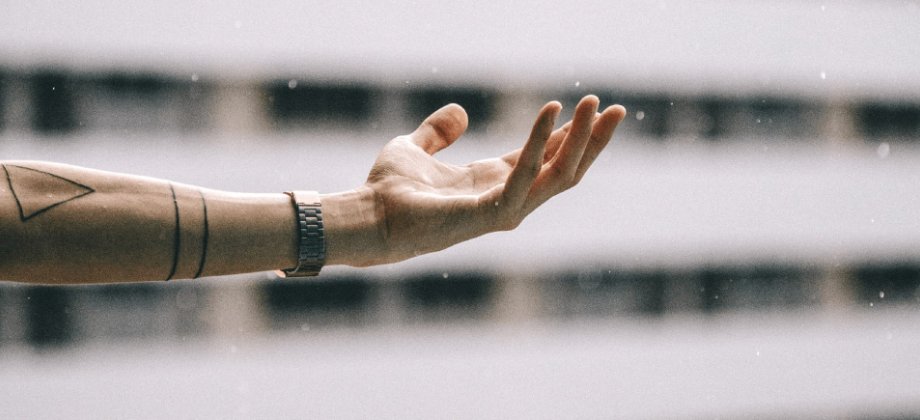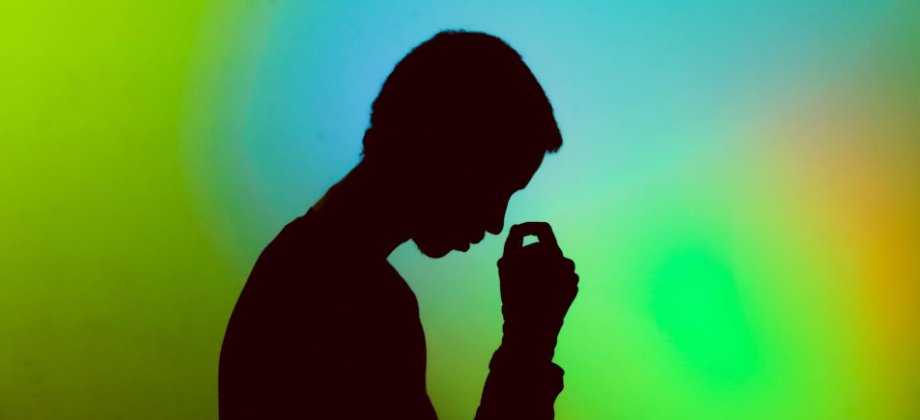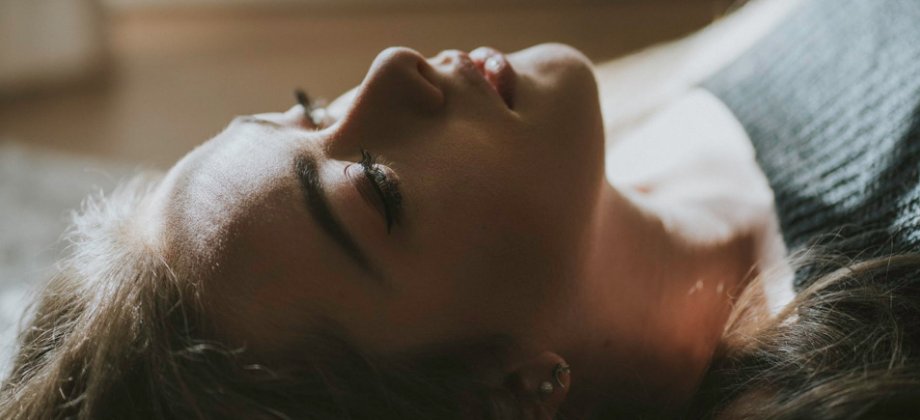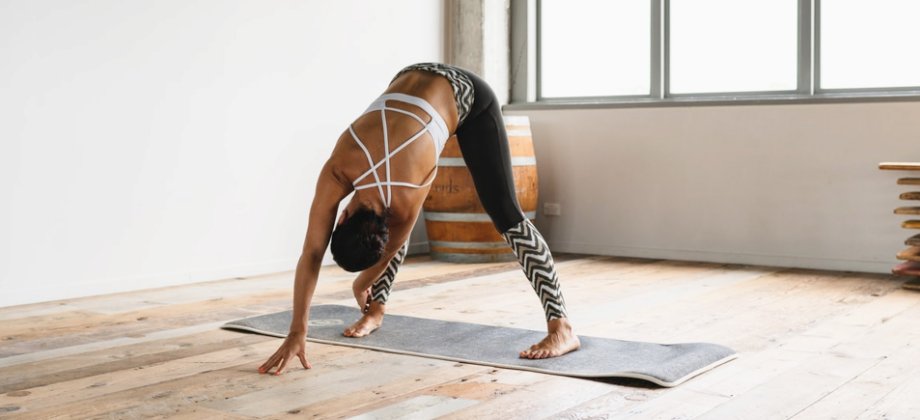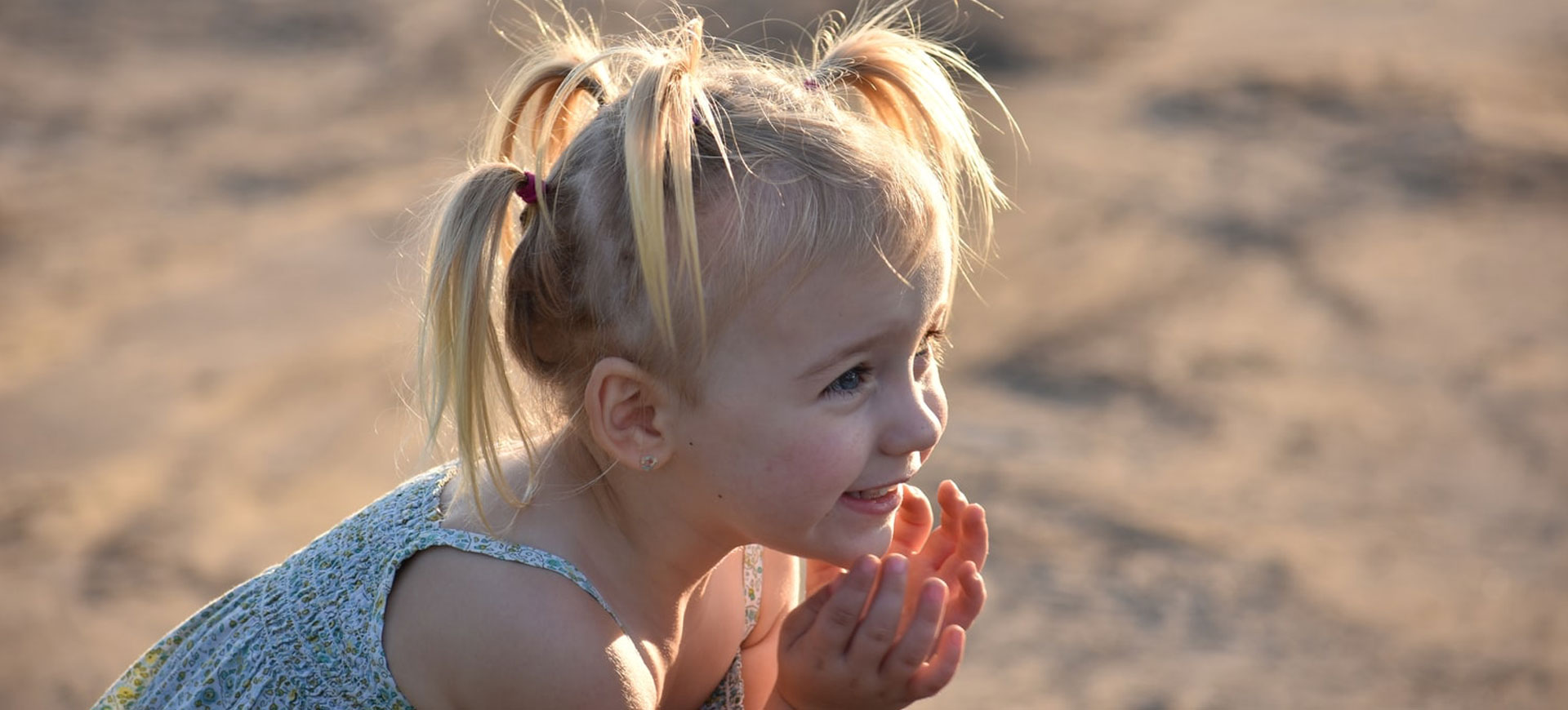
What I Learned From Teaching My First Kids Vinyasa Class
When I began teaching at a studio, I decided to dive in and take any opportunity I was given. After teaching at CouchSurfing meetups and hostels around the world, I was ready to get the studio experience that I felt was missing from my resume.
So I agreed to teach Children’s Yoga. I wasn’t certified in Children’s Yoga, but hey, how hard could it be? I had led younger cousins and children that I had babysat through Yoga classes and they were perfectly well-behaved and loved everything I did.
Know that with preparation, flexibility, and some knowledge of how the body develops awareness, you’ll be able to create a fun and productive environment for your students.
But as the day approached to teach my first class, I got nervous. Was I totally in over my head? Was I going to completely lose control of the class? Would all parents hate me forever and ever?
Even just teaching one class, I was able to learn a lot about how Yoga works in the body, adults and children included. If you are nervous about teaching a Children’s Vinyasa Class, know that with preparation, flexibility, and some knowledge of how the body develops awareness, you’ll be able to create a fun and productive environment for your students.
Know Your Age Group
My studio teaches two types of Yoga workshops for kids. The first group contains children between the ages of 3-7. The second group (my group) has children from 7-12. I felt more comfortable teaching the older group, especially since I had seen one of the girls in the group around the studio.
(She’s a 12-year old Ashtangi. And she’s amazing.)
I knew at least that one student would be able to (and want to) go through a full flow with no problems. But kids who are 7? Not so much. So I planned a few classes that loosely centered around Sun Salutation A, with watered-down stories of Hindu gods and a theme of “thank you” that lasted throughout the class. I knew things weren’t going to go as planned - but by keeping to this theme and focus, maybe we’d be able to build a flow.
When I arrived at the studio before my class, the 3-7 age group was still practicing. The teacher was leading them through games that involved the bouncy balls used in Pilates. I had never really noticed the bouncy balls.
...but the kids did immediately.

No Really...Expect the Unexpected
I anticipated needing to make a more loose schedule for the children’s class. So I let the first kids that walked into the Yoga class play around with the bouncy balls. It was a great idea - until I wanted to actually start the class.
With the excitement of the Pilates gear, a few of the students got extra excited. They kept moving around to grab the bouncy balls. This excitement continued throughout most of the class, even as I tried to direct them through different poses.
Another student wasn’t as drawn to the bouncy balls, but she did really want to be wrapped up in her mat, a request she made over and over again throughout the class.
I very quickly learned that letting the kids get riled up with the bouncy balls wasn’t a great idea. I would not be able to meet the children at their energy level, something that I know to focus on for later classes. (Or just leaving the bouncy ball play until the end of the class so I wouldn’t overstimulate them from the get-go.)
What Will Help Kids Relax?
After my class, I talked to occupational therapists who had experience in pediatrics. The sitting meditation wasn’t useful, they said, because it didn’t put any pressure on the children’s bodies in a way that would relax them.
This creates body awareness. Without this awareness, the child (or adult!) may get anxious, and the body will unconsciously start moving to create this input.
In addition to our external five senses, our bodies have an “internal” sense called proprioception. This sense uses sensory input (running, tapping the foot, playing with bouncy balls, etc.) to put pressure on the joints and tell the body where it is in space. This creates body awareness. Without this awareness, the child (or adult!) may get anxious, and the body will unconsciously start moving to create this input.
It made more sense that one of the children wanted to be wrapped up in the mat. The deep pressure caused by the layers of the mat and parts of the child’s body created sensory input that helped the child understand where their body was in space. This created a calming effect that the child may have been unconsciously looking for when she was asking to be rolled up or reached for the bouncy balls.
Trial and Error
I’ve learned a lot since teaching my first children’s Yoga class. I know I have plenty more to learn. As I continue teaching with different class formats and techniques (including adding stories to the class, keeping proprioceptive input in mind, etc.) I know that I’ll be able to see first-hand how Yoga impacts the body, especially in children.
Teaching children’s Yoga? Know that you’re not alone when things go haywire or you have to change the direction of class halfway through. Be patient with yourself and the children, be prepared before you walk in, and enjoy the ways that teaching children can help you in your personal practice and your yoga teaching career.
Trainings for Kids Yoga
(These are, admittedly, things I should have really looked into before my first class.)
If you want to look into a full Yoga Alliance certification in Children’s Yoga, know that you will have to do a 95-hour training. (You’ll need to be a certified teacher before you take any Children’s Yoga Trainings.)
These trainings are typically in-person trainings, so you’ll need to browse around for a program that fits your schedule and is in your location. Cosmic Kids Yoga offers an online program, as well as a free trial program that gives you extra tips and insights. Cosmic is a very popular kids Yoga program, so I highly recommend checking them out first, especially if you just want an introduction to Children’s Yoga. (I’m not partnered with them in any way, but I have enjoyed their free videos.)
Taking on this challenge has given me a new perspective to look at Yoga and how it can serve people. I’m excited to plan more classes, find more resources on Children’s Yoga, and find new ways to engage the kids while I teach.

